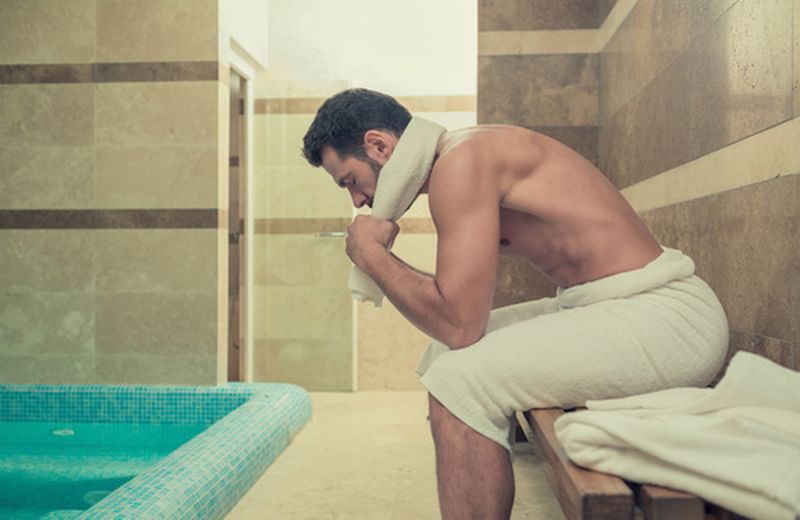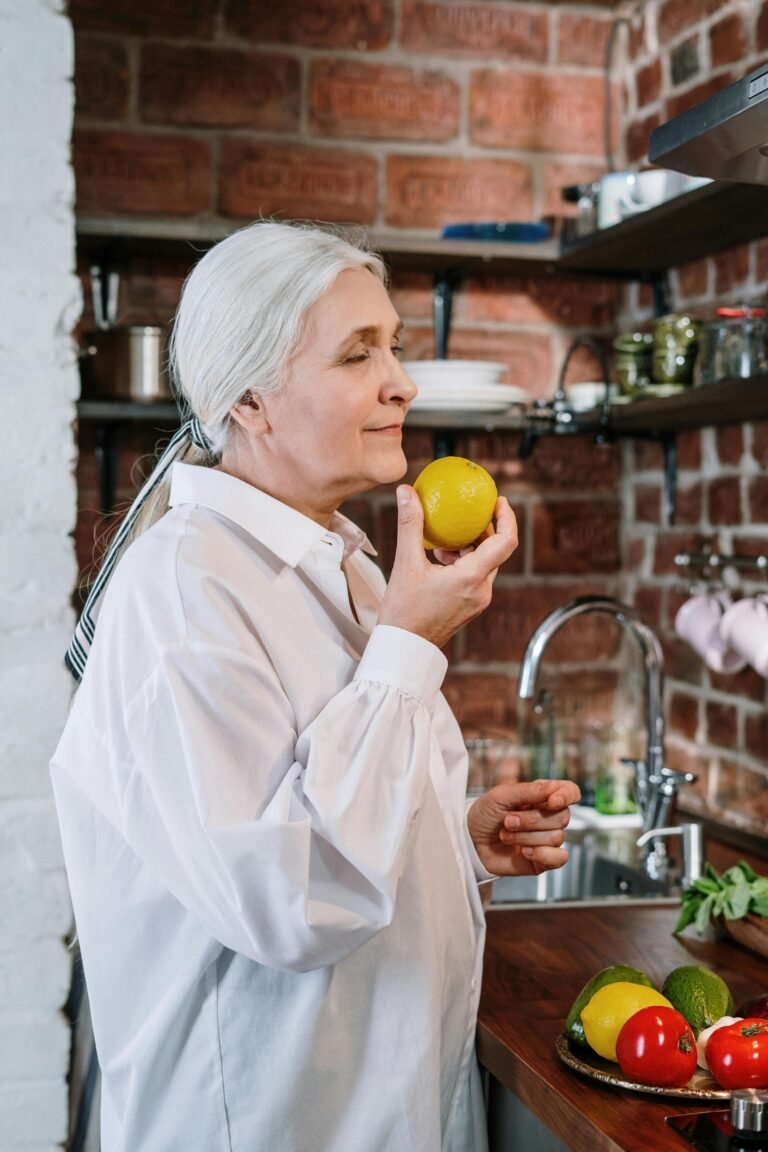Inguinal mycosis: causes and remedies
Inguinal mycosis is a generally male disorder. It affects sportsmen, often cyclists, but also overweight people. It affects the inguinal fold and is due to a fungus, however easily treatable, even with the support of natural remedies

Tinea Cruris is inguinal mycosis , also called dermatophytosis , a dermatological infestation often accused by the male , sporty people who frequent gyms, showers, saunas and Turkish baths.
This is not because these are dangerous or unhygienic places, but because tinea cruris develops in humid environments , if in contact with synthetic clothing , such as technical overalls, if you sweat a lot and spend many hours rubbing the groin part, let’s think for example of cyclists.
This also explains why lovers of spa treatments and Turkish saunas and baths abhor the use of swimwear: it is better to use a breathable cotton towel to take with you to the hammam to cover up and not to come into contact with common surfaces. .
The elastic of the costume or the Lycra can instead retain bacteria and favor their proliferation. Even obese subjects, both women and men, can be victims of tinea cruris : it is important to clean the skin folds well and keep them dry, even with the help of medicated talc or gauze.
Causes of inguinal mycosis
The pathogen causing inguinal mycosis is a fungus , Trichophyton Rubrum , which adapts to humid environments and can infect from one subject to another.
Mycosis presents with an initial redness in the groin area that can extend both to the abdomen and to the thighs and buttocks. Fortunately it does not affect the private parts ; the patches then develop in relief and with itchy flaking.
Only the doctor can make a correct diagnosis because at first glance this pathology is similar to other forms of infection. A diagnostic test must necessarily be carried out to identify the fungus and prepare the correct prophylaxis.
Read also Redness and itching in the groin, natural remedies >>
Remedies for inguinal mycosis
The doctor will prescribe antifungal ointments or even corticosteroids for local use. We can combine some natural remedies to relieve burning and itching, to disinfect and enhance the antibacterial and antifungal effect.
Washes with mallow and lavender
First of all, it is good to wash frequently the part with a decongestant, anti-inflammatory and antifungal action . Mallow is an excellent soothing, healing and decongestant aid , thanks to its mucilage.
We can prepare the cleansing water with an infusion of Mallow leaves that we will leave to cool or even cool for external use to which we add 3 or 5 drops (for 300 ml of infusion) of Lavender essential oil. Lavender is a natural antibacterial, it has an antiseptic, anti-inflammatory and analgesic action .
Ointments with aloe gel and tea tree oil
We can alternate medical ointments with Aloe Vera gel enriched with Tea Tree essential oil. Aloe Vera is a soothing, refreshing, healing remedy, rich in mucilage and tea tree is a powerful antifungal , antibacterial: mixed together (a nut of gel + 3 drops of essential oil) and applied to the parts, they help to soothe the burning. , disinfect and counteract the fungus.
These simple but effective remedies can also be used once the fungus has been eradicated to prevent recurrence , to keep the parts hydrated and disinfected before and after sports.



























+ There are no comments
Add yours